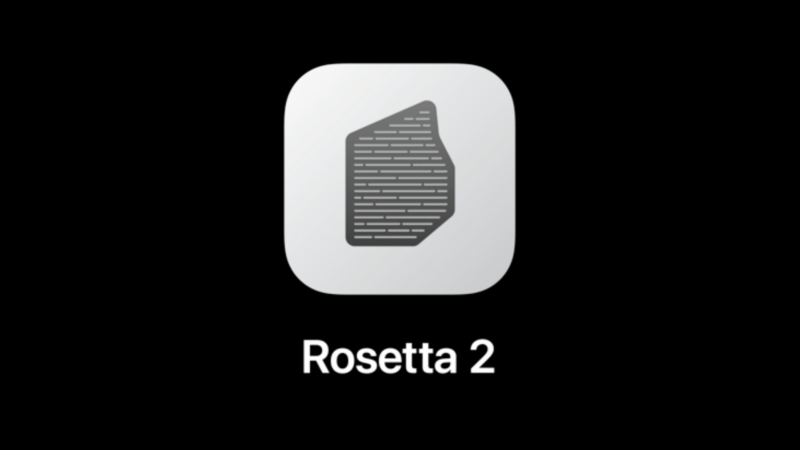Source: Ars Technica

Enlarge (credit: Apple)
One of the few things that Intel Macs can do that Apple Silicon Macs can't is run operating systems written for Intel or AMD processors inside of virtual machines. Most notably, this has meant that there is currently no legal way to run Windows on an Apple Silicon Mac.
Apple Silicon Macs can, however, run operating systems written for Arm processors inside of virtual machines, including other versions of macOS and Arm-compatible versions of Linux. And those Linux VMs are getting a new feature in macOS Ventura: the ability to run apps written for x86 processors using Rosetta, the same binary translation technology that allows Apple Silicon Macs to run apps written for Intel Macs.
Apple's documentation will walk you through the requirements for using Rosetta within a Linux guest operating system—it requires creating a shared directory that both macOS and Linux can access and running some terminal commands in Linux to get it set up. But once you do those steps, you'll be able to enjoy the wider app compatibility that comes with being able to run x86 code as well as Arm code.




